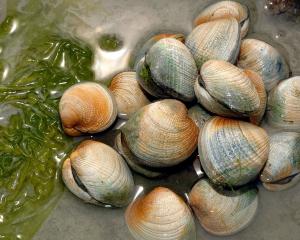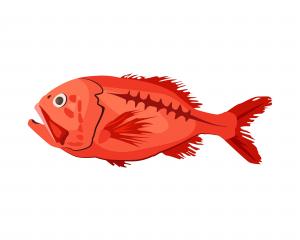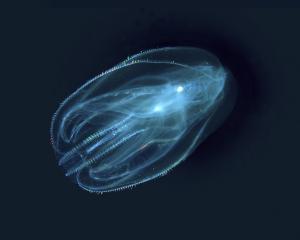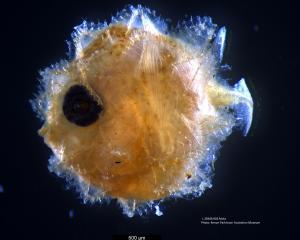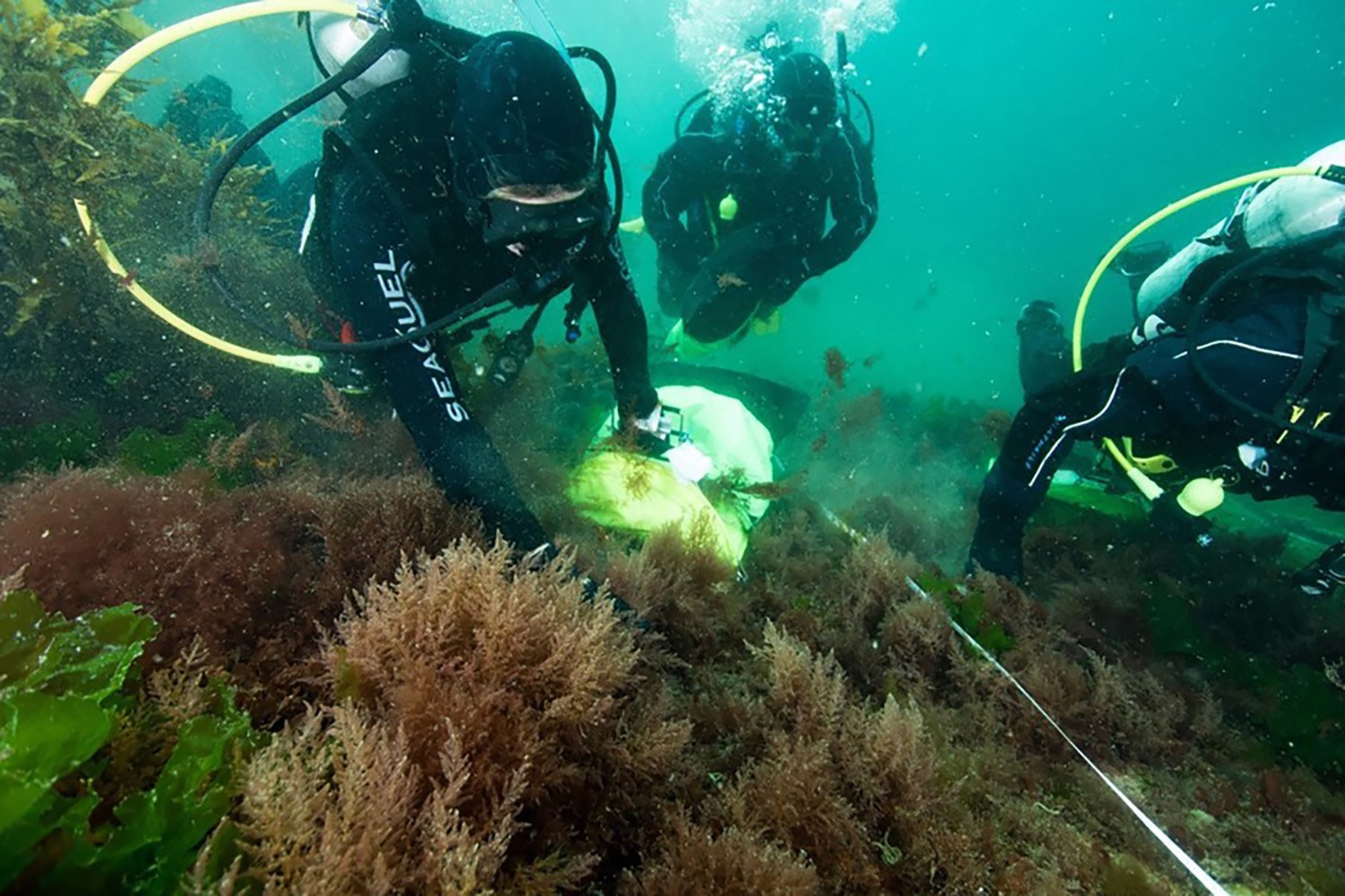

But, in fact, world-wide beef consumption is still increasing.
Seems like people want to have their burgers and eat them too.
Is there a way we can do that and also save the planet?
Cows are ruminants — they eat grass, which is a rather indigestible food, and use bacterial fermentation in their stomachs to help digest it.
Consequently, they belch and burp — methane is the gas that comes out.
Methane is a greenhouse gas that is many times more warming than carbon dioxide because its chemical structure retains heat well.
Dairy and beef operations do produce carbon dioxide and other greenhouse gasses, but methane is one of the real baddies.
So, what the industry is looking for is something they could add to the diet of cows, so that they don’t produce so much methane.
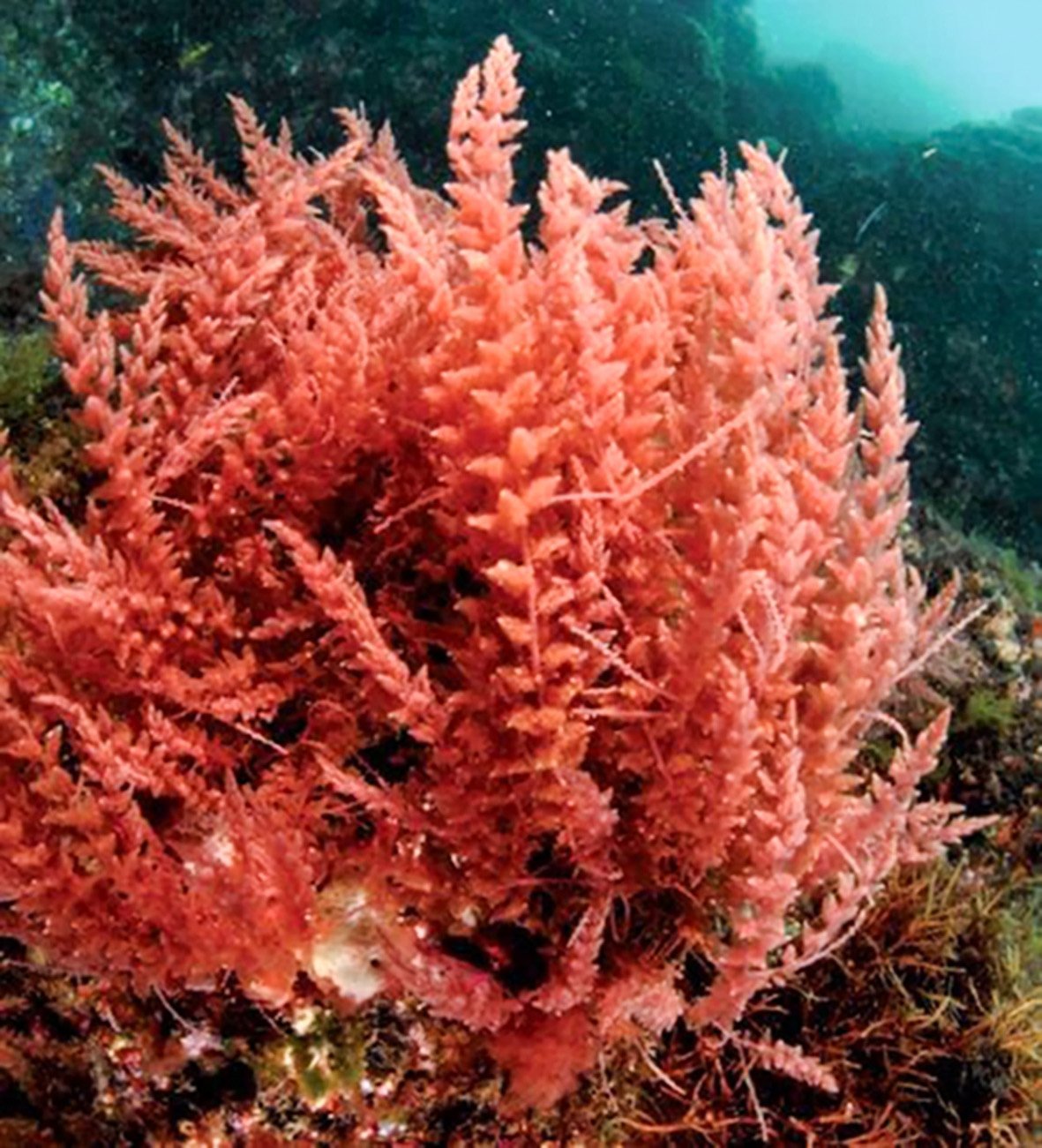
Adding small amounts of seaweed (1-5%) to cow diets can reduce methane quite a lot (60-98% depending on who you read).
Here in Aotearoa New Zealand, the focus is on Asparagopsis armata, a red seaweed native to New Zealand and Australia. A reddish-brown feathery seaweed about 25 cm tall, it can be found all over NZ, usually on rocky bottoms down to 40m deep.
If you look closely you can see barbed branchlets, like mini-harpoons, that allow Asparagopsis to hitch a ride on anything that brushes past. That’s why it’s sometimes called the "red harpoon weed." It is thought that these hooks help them to travel widely, which is why they are so good at colonising other environments. Asparagopsis has even colonised the Mediterranean.
So, we feed this seaweed to the cows and eat guilt-free burgers?
Not yet! The project is just starting. There isn’t enough naturally-occurring seaweed to dose very many cows. We would have to grow tonnes and tonnes of Asparagopsis, and in fact a number of companies have sprung up hoping to do just that. People are experimenting with growing Asparagopsis in the wild and in tanks, both here and overseas.
Once we actually manage to grow heaps of this seaweed, then what? Does it still stop methane when freeze-dried, powdered, and added to a food supplement? Work is still needed on this part of the chain.
And if we do add it to cow food, will it affect the cows? One study suggested they would put on less weight on this diet — obviously a problem. More studies needed! And how do we actually feed it to pasture-grazing critters anyway? Animals in the rest of the world live in barns and eat dry food, but here our cows eat grass outside.
Could some of the chemicals in the feed supplement end up in the meat or milk? We don’t want to be giving cows (or humans) anything that’s bad for them.
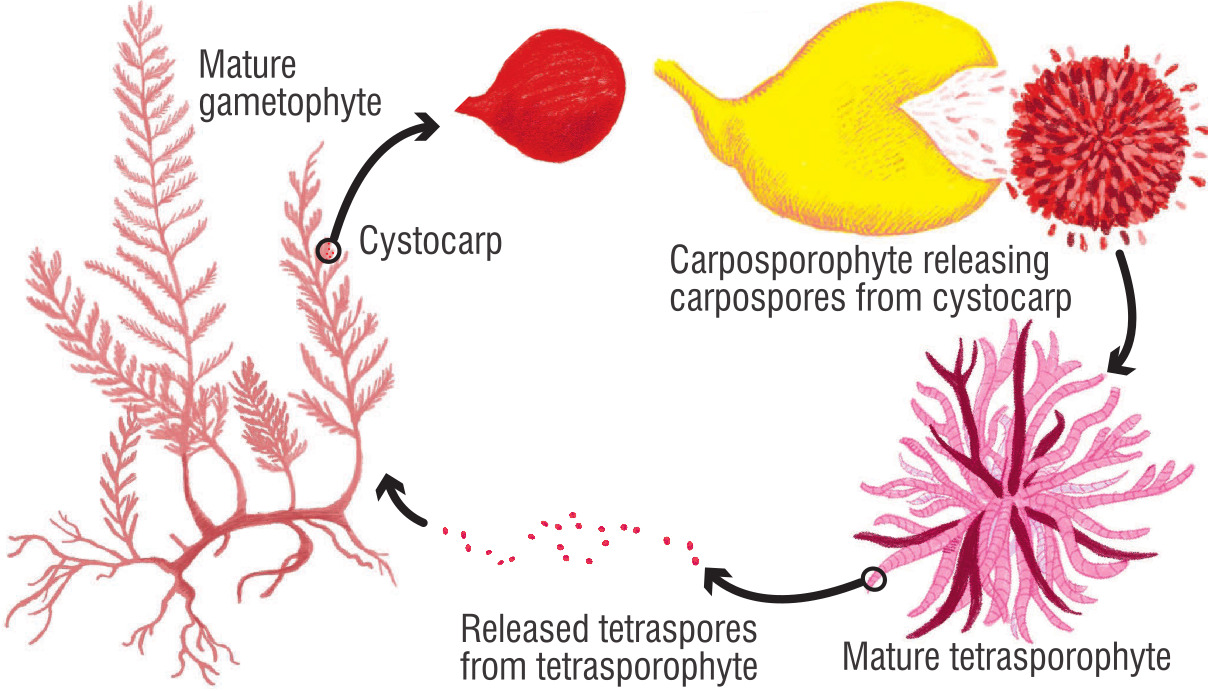
A big problem needs a big solution. There are more than 6 million cows in New Zealand, and possibly as many as 270 million in the world, producing almost 40% of global methane emissions. Each cow needs about 16kg of dry food a day. Even if Asparagopsis made up only 0.1% of that, we’d still need 96,000 tonnes a day of Asparagopsis in New Zealand alone.
There’s still a long way to go before we are ready to stop methane-production at its source.
Farming is getting bad press for cow burps, but world-wide agriculture causes much greater damage through expansion into wild forests and clearing land. Cutting down carbon-consuming trees is the last thing we should be doing. If we burger-lovers cut our beef consumption in half, we would no longer need to clear forests for pasture, and we could avoid more than 5 billion tonnes of emissions.
Combined with better farming strategies, including perhaps the humble seaweed supplement, beef could become close to carbon neutral. So we don’t have to give it all up and become vegans, but we do need to cut back and reduce the demand for foods that are currently unsustainable.
And there’s a take-home message here, too, about why we should be actively protecting biodiversity at sea and on land — you never know where the next solution to our problems will come from.
A strange life-cycle
- Right now in the world people grow numerous seaweeds for food, about 30 million tonnes of it. A key part of aquaculture is understanding the life cycle, and it’s only recently that we’ve decoded how Asparagopsis lives. Beware: it is complicated!
This seaweed has three main stages. The most familiar form is a filamentous red weed. This is the gametophyte stage, with male and female versions, each of which produces its own kind of reproductive cells (sperm and eggs). They combine to develop into a tiny microscopic node (cystocarp) on the side of the weed — this chap develops into the carposporophyte, which produces carpospores. Carpospores float around, then grow up to become a third phase, a tetrasporophyte, which is a kind of fuzzy ball. It looks so different from the gametophyte that it was originally described as another species. Then this life stage makes tetraspores that grow into the male and female gametophytes, and around we go.
Abby Smith is a Professor of Marine Science at the University of Otago



